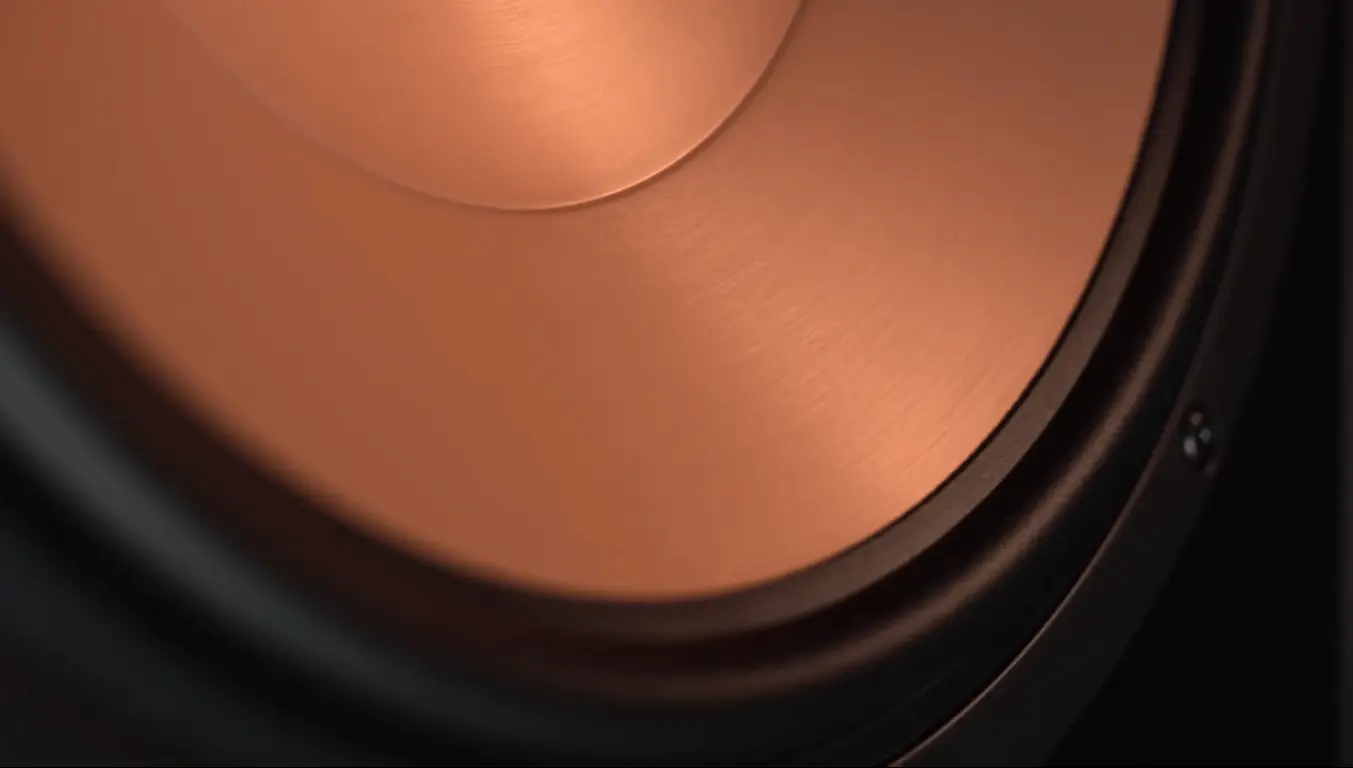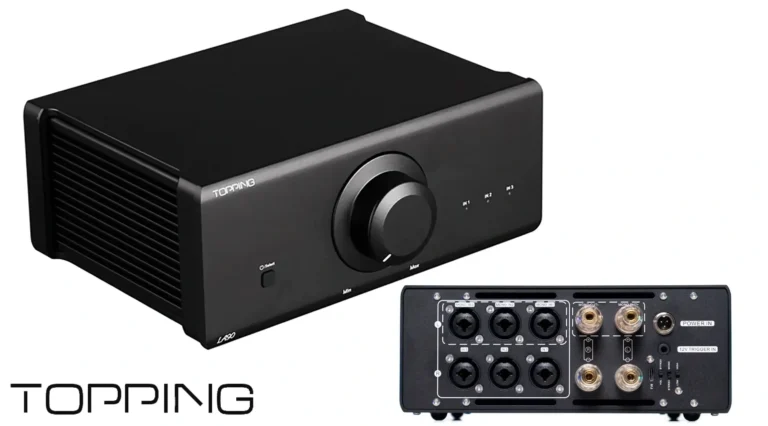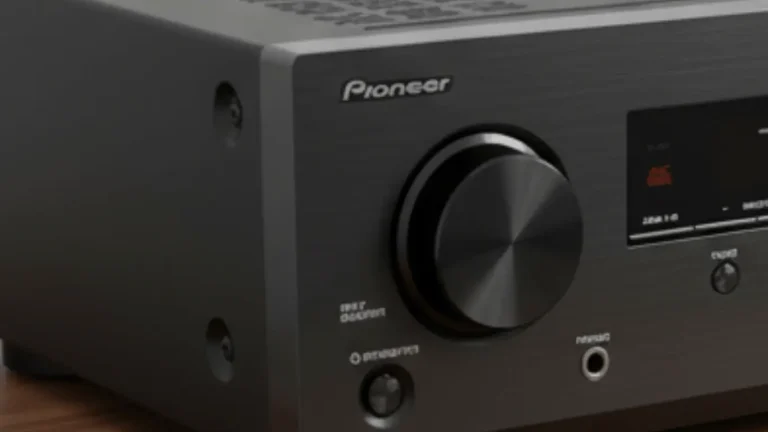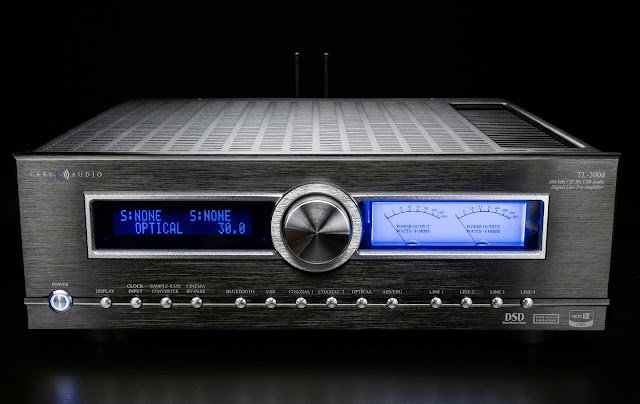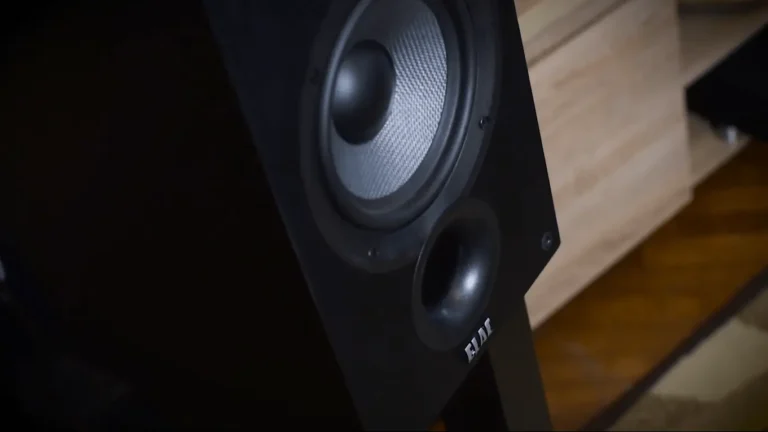What Makes the Klipsch RF-7III a Legend Among Tower Speakers?
In the world of high-end audio, flagship speakers are expected to follow certain rules: use a multitude of drivers, feature exotic cabinet shapes, and radiate an air of delicate luxury. The Klipsch RF-7III, the brand’s current reference, ignores them all. With its severe, no-nonsense design and a straightforward two-way approach, it seems to defy expectations. Yet, these speakers produce a sound so profoundly good that it can outperform its more complicated rivals. This review examines how Klipsch’s rule-breaking philosophy yields a truly reference-level performance.
A Flagship Three Generations in the Making
The “III” in the name tells us this is the third version of Klipsch’s flagship speaker. From the outside, its main technology looks the same as that used in their much cheaper speakers. This suggests that the new, more affordable Klipsch models are very similar to the older, higher-end ones. However, because there is such a significant price difference, we know that’s not the whole story. This price difference is a clear sign of its superior engineering, prompting a closer look to understand what truly sets it apart.
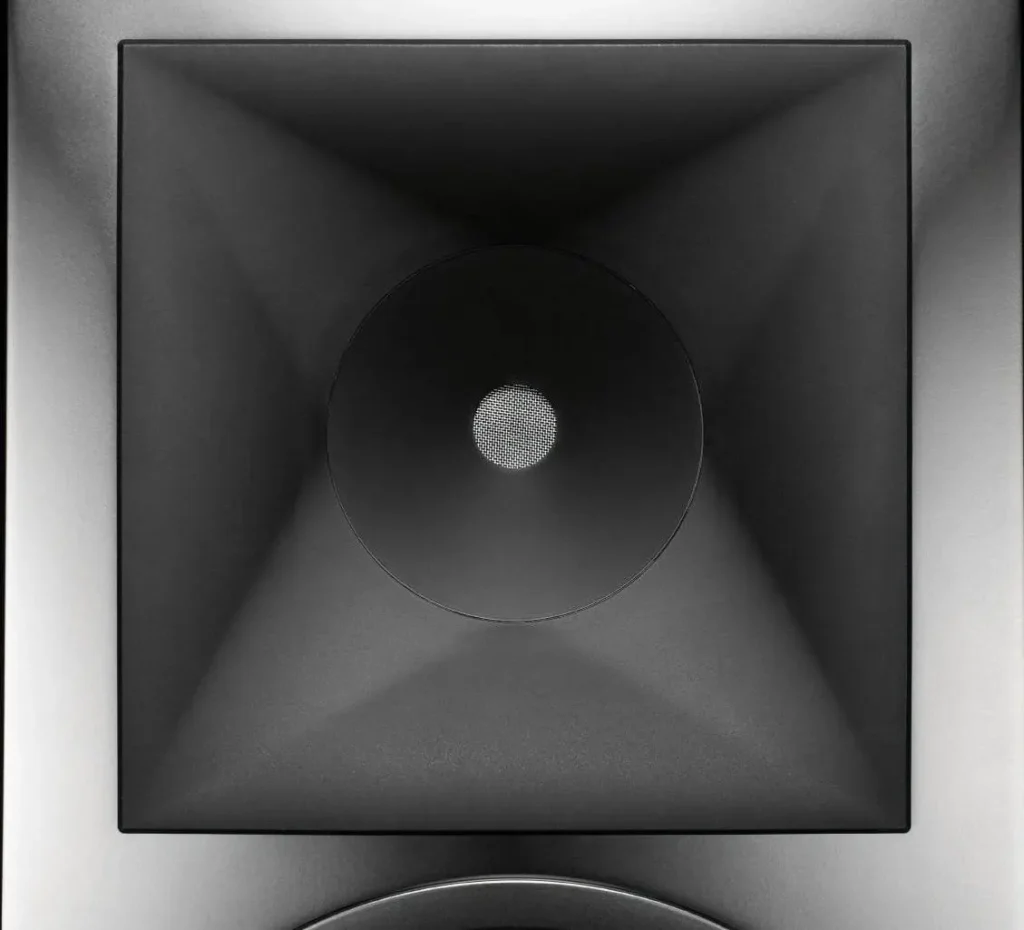
What Your Eyes Don’t See: The Engineering Under the Hood
It can be very difficult to tell the difference between Klipsch’s various speakers just by looking at them. At first glance, the main changes seem to be only in their size and the wood finish. Because they look so similar, a simple photo can’t show you the new and improved technology hidden inside the flagship RF-7 III model. However, there is one major spoiler: the difference is immediately obvious when you hear them. This leads to a fascinating question: what exactly did the engineers change? The outside looks almost the same, but the sound quality is in a completely different league.
Check Out: Klipsch Cornwall IV Review
The answer is in the details.
- The Horn and Driver: The iconic square Tractrix Horn is familiar, but its invisible part, the driver, has been significantly improved. The RF series driver has a much larger magnet, and for this third revision, Klipsch paid special attention to the phase-aligning element. The result is a much smoother and more accurate frequency response at the listening position.
- The Woofers: The mid-low frequency speakers also look familiar with their signature copper coloring, but they share nothing in common with the speakers of the junior series. While the junior speakers use a polymer cone covered with copper, the RF-7 III uses Klipsch’s signature Cerametallic™ material. This results in a lighter, more rigid cone with fewer deformations, producing a sound that is more accurate and clean.
- The Crossover Design: The manufacturer indicates a single crossover frequency of 1,300 Hz, which points to a two-way design. However, given the driver arrangement, it functions more like a traditional 2.5-way system, a practical design choice Klipsch is known for. This is pure practicality and work for the result, Grandpa Paul Klipsch would have approved.
Interestingly, the cabinet is divided into two independent sections, each with its own slotted Tractrix port. This division solves the problem of internal standing waves and eliminates resonances, ensuring a cleaner sound.
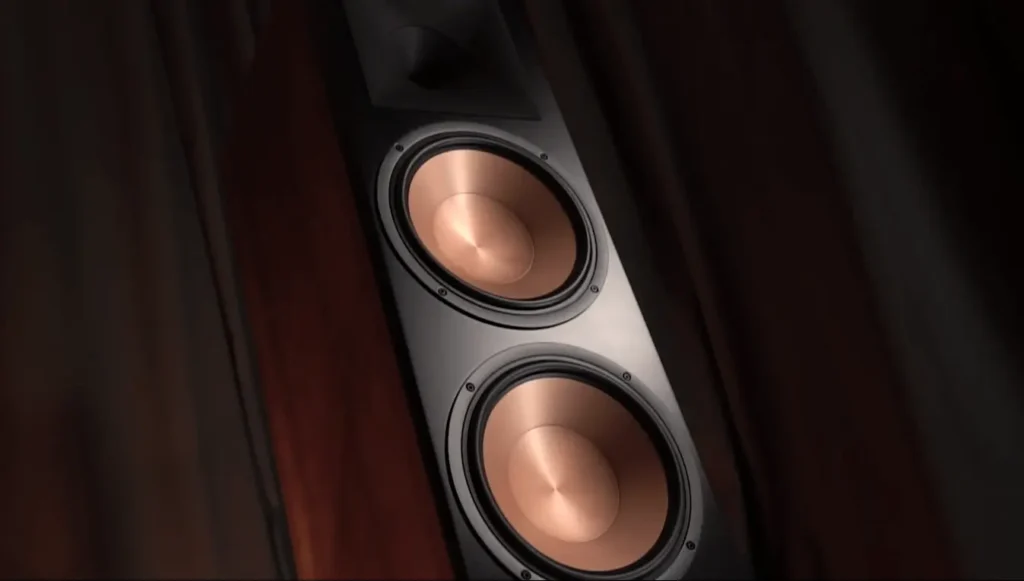
Built Like a Tank: The “Made in USA” Promise
When it comes to design, Klipsch remains true to itself. There are no fancy shapes or incredible refinements. You get a severe black rectangle with floor-length grilles or, with the grilles off, the iconic copper “pancakes” topped with an aggressive, large horn.
However, an exclusive addition was made for the flagship. The finishing material is a high-quality furniture veneer, with a choice of colors: black oak, cherry, and walnut. It feels like living wood, without layers of scratchy varnish.
For those seeking a final touch of exclusivity, Klipsch adds one more important detail: the Klipsch RF-7 III is produced in Hope, Arkansas, USA. If “Made in the USA” is not an empty phrase for you, this is a significant part of its appeal.
Putting Them to the Test: How Do They Sound?
If you stand too close to the Klipsch RF-7 III, a meter or less, you won’t understand their sound. The soundstage falls apart. But from a distance of 1.5–2 meters and further, the picture suddenly comes together, and the drivers join seamlessly.
The most impressive part is how smooth, balanced, and detailed the system sounds without any room correction. The physics are clear: the horn’s directional radiation minimizes parasitic reflections from walls, floors, and ceilings, focusing the sound at the listening point. The rest is the sheer talent of the developers.
Amplifier Synergy: Tube vs. Transistor
To truly understand the capabilities of the Klipsch RF-7 III, I tested them with two very different, high-end amplification setups.
First, I connected them to a legendary American duo: the McIntosh C22 tube preamplifier and the MC275 tube power amplifier. With this pairing, the sound was immensely powerful and dynamic, with a rich tonal character and a holographic midrange that brought vocals to life. The classic tube warmth beautifully complemented the Tractrix horns, creating a sound that was both grand and musically inviting.
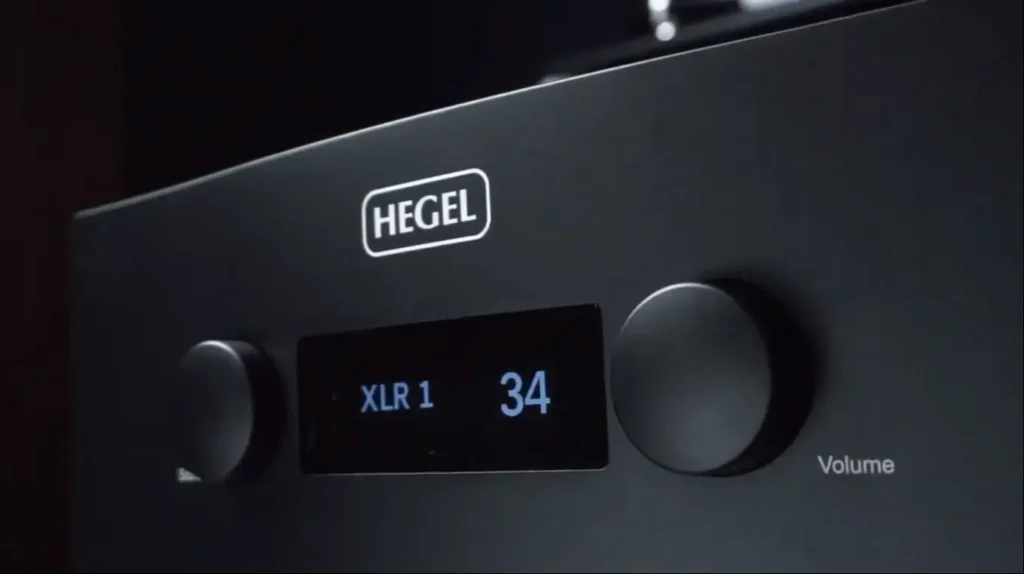
Next, I switched to the Hegel H590, a powerhouse of a solid-state integrated amplifier. The character shifted immediately to one of absolute precision and control. Hegel’s incredible grip on the 10-inch woofers produced a bass that was tight, deep, and textured. The sound was exceptionally clean and detailed, revealing every nuance in the recording and showcasing the Klipsch’s ability to handle massive dynamic swings with effortless authority.
Precision and Power: From Soaring Vocals to Deepest Bass
The sound of the Klipsch RF-7 III has that signature openness and detail, laying out all the nuances of a recording honestly, but never at the expense of musicality.
I especially loved how the speakers handled the low-frequency range. There is absolutely no boominess, no attempt to imitate a subwoofer, and no bass hypertrophy. The phase inverters pump air without drawing attention to themselves; the acoustics sound as clear and precise as a closed-box design. The depth is all there, listening to Marcus Miller’s bass guitar or Brian Bromberg’s double bass is pure, concentrated pleasure.
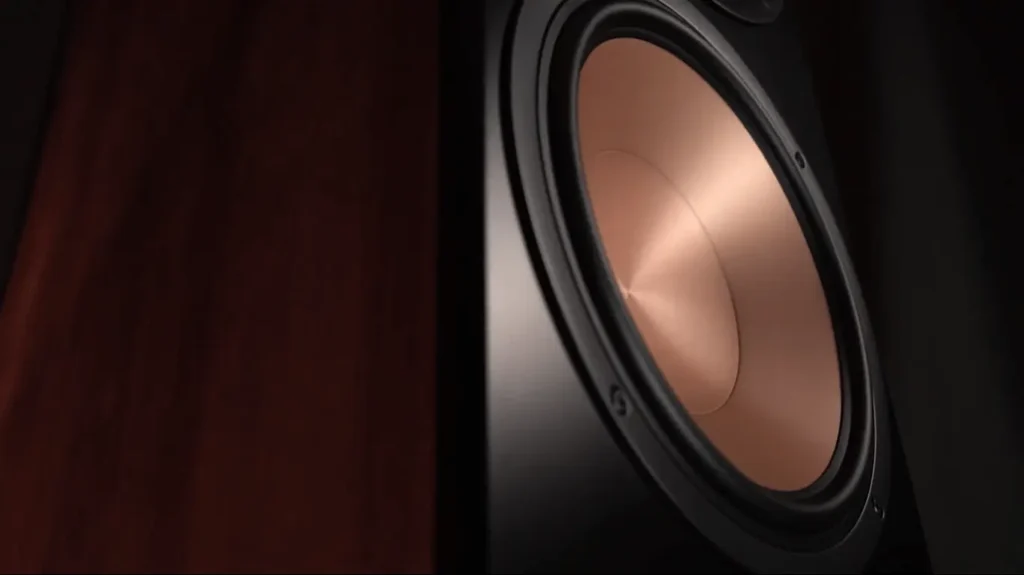
This model fully demonstrates the ability of Klipsch horns to form a chic, clear soundstage in any room, even one that is acoustically unprepared. While listening to a Jean Michel Jarre concert album recorded in Notre Dame Cathedral, I could feel the height of the ceilings. The stereo recording surrounded me from all sides.
The high resolution and excellent tonal balance provoke you to turn to complex musical genres. It’s fascinating to observe musical intricacies while feeling the recording quality grow from album to album. They handle everything from avant-garde jazz to the discography of King Crimson with incredible confidence.
The Ultimate Test: Can Klipsch RF-7III Handle Every Genre?
It’s easy to praise the Klipsch RF-7 III. The real test is finding their weak points. And here, everything becomes more complicated. I could not find any musical material that these speakers couldn’t handle, or that they made sound boring, dry, or uninteresting.
Sure, some preferences emerge. Billie Eilish sounds a little more exciting than Billie Holiday, and AC/DC’s newer albums seem more perky than their older ones. But this is a testament to the speakers’ honesty; the result is determined by the original quality of the recordings. Modern releases simply have more sound information, and the RF-7 III reveals it all.
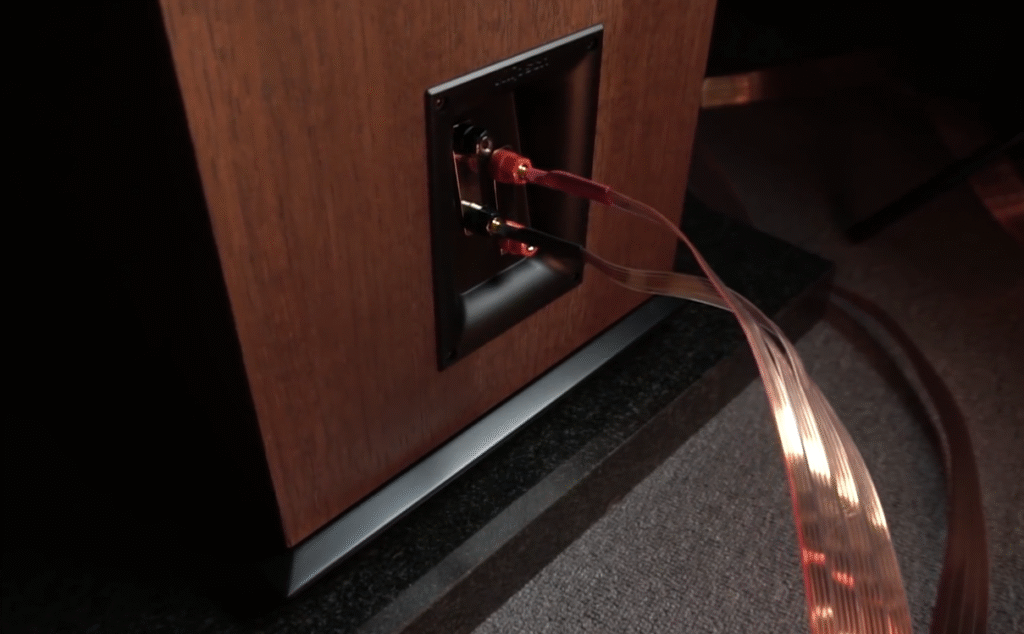
Conclusion: An Unconventional Reference
The Klipsch RF-7 III, with its characteristic American straightforwardness, breaks the established stereotypes about what a reference speaker should be. There is no pretentious design, no outright elitism, and no super multi-band complexity. At first glance, you might not be sure if it’s a flagship or one of the models of the basic line.
And yet, the sound is flawless. The directional horn and woofers are joined seamlessly. The large enclosures do not hum or artificially inflate the bass. Everything is in its place and causes no complaints. It turns out that everything about the Klipsch RF-7 III goes against established ideas and expectations everything except one: these speakers sound worth every penny, and then some.
Klipsch RF-7 III Specifications
- Frequency Response: 32 Hz–25 kHz±3dB
- Sensitivity: 100 dB@2.83V/1m
- Power Handling (Cont/Peak): 250W/1000W
- Nominal Impedance: 8 Ohms Compatible
- Crossover Frequency: 1,300 Hz
- High-Frequency Driver: 1.75” (4.45cm) Titanium Diaphragm Compression Driver mated to a 90°×90° square Tractrix® Horn
- Low-Frequency Drivers: Dual 10” (25.4cm) Cerametallic™ Cone Woofers
- Enclosure Material: MDF (Medium Density Fiberboard)
- Enclosure Type: Dual chambered, bass-reflex via dual rear-firing Tractrix® Ports
- Inputs: Dual binding posts / bi-wire / bi-amp
- Height: 45” (114.3 cm)
- Width: 13.875” (35.2 cm)
- Depth: 17.875” (45.4 cm)
- Weight: 97 lbs (44.1 kg) each

